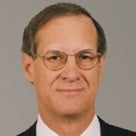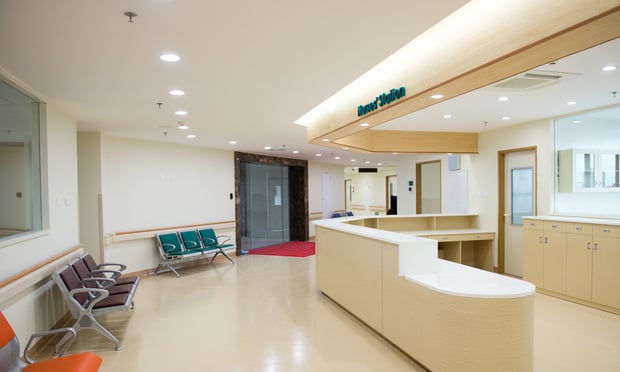As a follow up on an earlier blog of a few months ago, this is an update on the trend in the medical area which will directly impact the viability of medical office long term. The financial squeeze on doctors is becoming quite a bit worse and will continue in that direction as Obamacare takes hold. Many top doctors who had solid private practices and were specialists in areas where the income was very good, have seen their incomes decline 30% or more over the past couple of years. Pushed by the government, the insurance companies are paying less and Medicare pays almost nothing. A common reimbursement to the doctor is now 140% of Medicare which is 140% of nothing.
The cost to implement Obamacare required data bases and other things required now, is prohibitive for the single practitioner and the smaller group practice. The data base is also required to have regular tech updates over the years for which there is no compensation for the doctor. There is more paperwork which requires more staff. The result is incomes are declining and costs are rising, and this is not going to improve ever again. A doctor is tightly regulated so he must abide by the regulations, he must have malpractice insurance, and he must perform his duties to the patient even if not fully compensated. He cannot develop new products, other than some new procedure which he may not get fully compensated for. There is no new market for a doctor to tap. He is a local businessman. In short, he is being squeezed out of business. In a few years there will be very few single practitioners remaining anywhere in the country. In some areas of upstate New York there are no obstetricians. In places like Montana or other parts of the country where there is not a density of population, there will not be a viable economic model.
The result is over 50% of all doctors today are on salary to a hospital or other large organization. This will rise to 75% or more over the next several years. Doctors are becoming salaried office workers with a 9-5 day. The old devotion to patients and the practice is going away with the new generation. Hospitals are buying up group practices because the groups cannot make money. The result is the group may not renew their lease as it is now the hospital who may renew, may demand better terms, or may move the doctors to a hospital owned site. In short, as the landlord of a medical office space, you could potentially find that you have a 600 pound guerilla as a tenant to negotiate with or no tenant at all. Lease roll over will become more problematic in many locations.
Medical care in the US has changed dramatically in the past three years, and that change is just starting. There are all sorts of things in Obamacare which will make being a doctor uneconomic. It costs around $300,000 to get through medical school today, and that will rise. Then they become a resident and then a practicing doctor. With incomes dropping 30% or more, and costs rising, the economics make no sense. The result is many fewer Americans are going to medical school, and it is students from India and China who are filling the seats at the schools. These students will possibly stay here or return to their country. The top American students are going into research where the potential to make good money is far in excess of practicing as a physician.
The entire medical profession is changing so rapidly, and not for the good, that counting on a good long term investment in medical office is filled with unknown risk. Anyone who claims to know it is all going to be fine, or otherwise, is simply a promoter, or is foolish. Nobody knows how this is all going to play out other than that hospitals and big groups will control the playing field, they will be the counter party in lease negotiations, small practices will disappear over the next several years, and cash flow for higher rents on offices is very unlikely to happen. The entire practice of medicine is undergoing revolutionary changes, and so medical office sector is going to change in some way. As a developer or investor, you need to be prepared for major changes of unknown magnitude and impact on leasing. Assuming it will always be as good as it has been would be foolish.
© Touchpoint Markets, All Rights Reserved. Request academic re-use from www.copyright.com. All other uses, submit a request to [email protected]. For more inforrmation visit Asset & Logo Licensing.







